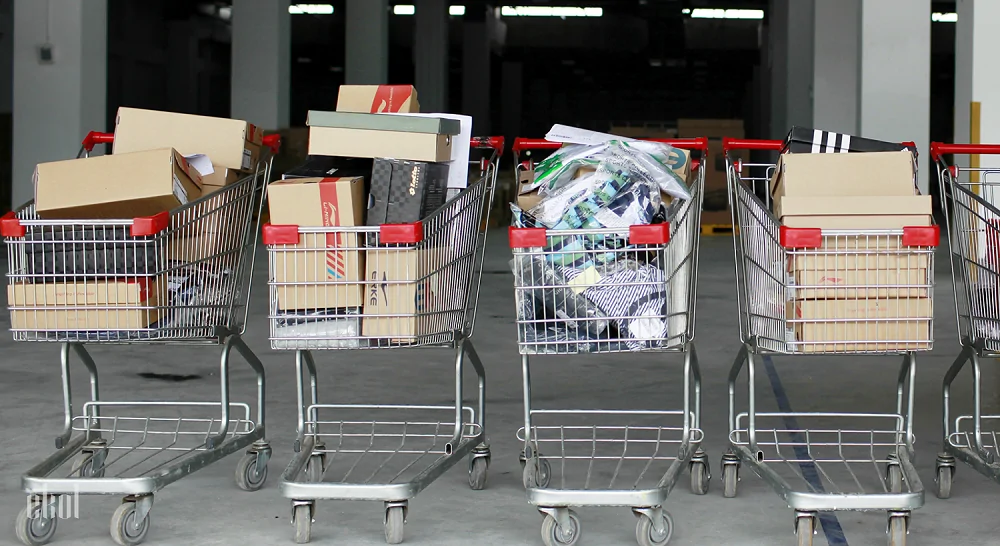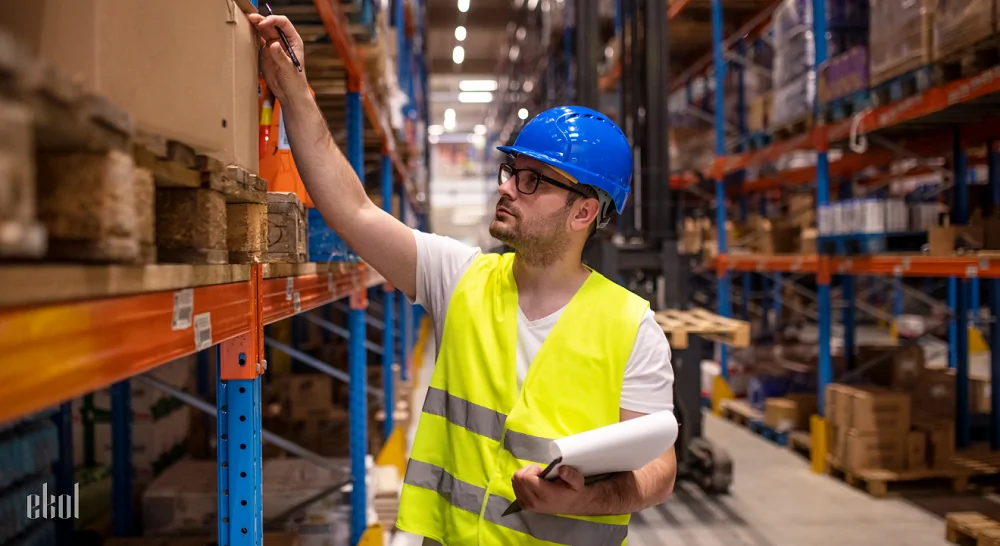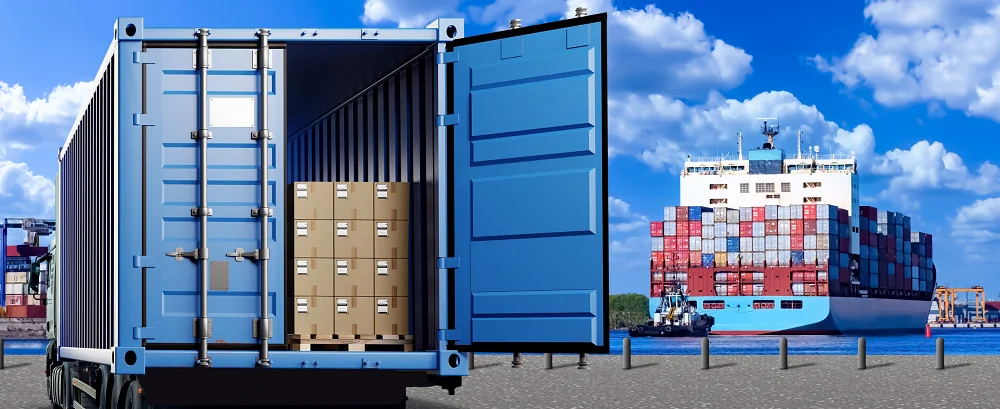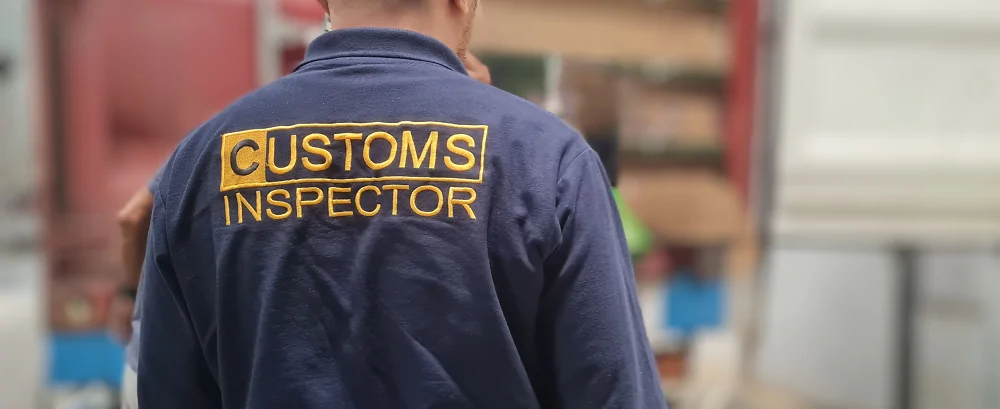Why Selling Goods from China Will Be Profitable in 2025

In 2023, around 52 million parcels were imported into Ukraine. Considering the trend of annual growth (+50% per year), by the end of 2025 the number of imported small international packages (often the most popular online products) is expected to exceed 100 million units. According to various estimates, more than 60% of them will come from China.
What does this data tell us?
- Buying in China is cheaper than in Ukraine. The same factory-made goods, but at a lower cost.
- Local retailers lose out, because markup makes products unprofitable for customers on the domestic market.
- Foreign sellers attract buyers with free shipping, discounts, and promotions while actively entering regional markets.
Is this a problem for the state? Absolutely. But there’s a smart way to address it — by creating commercial businesses that resell Chinese products in Ukraine. With minimal markups but additional advantages. Why is this profitable? Let’s explain further.
Trending Product Categories from China in 2025
What is worth selling from China? Since the rise of Aliexpress back in 2010, the trends have hardly changed. Today, the top categories look almost the same:
- Electronics — from the cheapest components to flagship smartphones, laptops, tablets. Plus, accessories sold nearly at wholesale prices.
- Jewelry, optics, and related items — high quality at affordable prices encourages customers to buy more.
- Home, garden, and automotive goods — everything from basic supplies to smart home systems, tools, chemicals, and technical equipment.
- Clothing and accessories — China has its own strong factory branding; often the quality matches global brands but at much lower prices.
- Sports and outdoor goods — not just knives and mats, but even ready-to-use bikes, motorcycles, and accessories.
And yes, these are not just global trends — these categories are among the most popular in Ukraine too.
Top 5 Chinese Products That Sell Well in Ukraine Right Now
Chinese products are common in Ukraine, but not all are in high demand. The reason? Too often, sellers import only the cheapest goods and try to resell them with a markup. The smarter approach is to focus on products with proven demand, such as:
| Power supply equipment — in 2025 this is a must-have. Focus on trusted manufacturers. | Seasonal goods — heaters, fans, portable fridges, thermal mugs, textiles. Again, choose reliable suppliers. | Automotive products — car stereos with CarPlay/Android Auto, chemicals, consumables, cosmetic kits, and tuning sets. | |||
| Automotive products — car stereos with CarPlay/Android Auto, chemicals, consumables, cosmetic kits, and tuning sets. | Smart home systems and niche electronics — depending on demand at a given moment. | ||||
Thinking about starting your own business and wondering what to sell from China? You’ll need to run thorough analytics — comparing products on different platforms and in local retail, evaluating prices, and factoring in import tariffs, taxes, and logistics.
As for logistics — that’s where our Ekol team can help. Let’s dive into details.
How to Buy Profitably in China: Finding and Working with Suppliers
Popular products from China don’t guarantee success. The key issue is price inflation once items hit the local market. Why? There are external, internal, and human factors:
- External — supplier markups, packaging costs, delivery.
- Internal — customs duties, taxes, market competition, advertising, demand.
- Human factor — sellers raising prices just to increase profits.
The last factor is beyond your control, but you can influence the first two — by reducing initial investments, choosing the right business model, and partnering wisely.
Logistics and Delivery from China to Ukraine
Trending Chinese goods delivered individually usually take 10–20 days to arrive (at least it’s no longer 40+ like before). This is a major downside, though consumers often see it as “free” because no extra shipping costs are visible.
But if you want to sell like the Chinese do (frequently and in bulk), logistics is the first lever to lower prices for customers.
With a partner like Ekol, you can set up a seamless supply chain for in-demand products at better rates, ensuring:
- Constant stock availability — customers hate waiting 7–15 days for the next batch.
- Lower retail prices — thanks to cheaper transportation.
- Proactive business management — adjusting wholesale orders in line with demand trends.
More sales → more turnover → more scaling potential → more profit.
This holds true even despite internal factors, which can also be partially offset.
Legal Aspects and Customs Clearance
Selling Chinese products in Ukraine isn’t regulated separately. It follows the same rules as any commercial business:
- Customs duties on each imported unit, based on declared value.
- Profit taxes, depending on business type and revenue.
- Advertising costs, marketplace fees, expenses for your retail infrastructure.
All of these increase the final price, which lowers sales compared to direct consumer imports.
What can you do?
- Choose a business model with minimal expenses.
- Limit advertising, relying instead on word-of-mouth from customers.
- Segment your business to use available tax benefits (for example, energy equipment currently enjoys certain incentives).
We at Ekol specialize in logistics — we know which products are ordered most, when, and in what volumes. You should too, to avoid losses.

How to Analyze Demand: What to Sell and What to Avoid
Selling goods from China is all about analyzing local demand and meeting it. Platforms like Temu, Alibaba, or Aliexpress provide statistics that are good enough for a business start. But there are more tools.
For example, you can monitor demand on local marketplaces. While open data is limited, reviews, ratings, and discussions on social media can give you useful insights into customer interests.
At first, it’s best to focus on one consumer category and the products they value, while testing your preferred business model.
Business Models: Dropshipping vs. Wholesale
Should you resell from one supplier or multiple sources? Both models have pros and cons:
| Criteria | Dropshipping | Wholesale Purchases |
| Starting capital | Minimal (no stock needed) | High (requires upfront inventory) |
| Storage | Supplier stores and ships | You manage warehousing, logistics, customs |
| Risks | Low (no unsold stock) | Higher (risk of unsold goods) |
| Profitability | Lower margins (10–30%) | Higher margins (30–100%+) |
| Quality control | Limited (depends on supplier) | Full control (inspect goods personally) |
| Assortment | Wide, easy to test new items | Limited to purchased stock |
| Delivery speed | Depends on supplier (often slower) | You control shipping (potentially faster) |
| Branding | Difficult unless supplier offers white-label | Full branding opportunities |
| Management complexity | Easier for beginners | Requires logistics, accounting, warehousing |
| Scalability | Easy to scale without storage | Requires larger investments |
So, which to choose? If you’re just starting out and lack capital — dropshipping is your friend. If you already have experience selling from China — wholesale trade can justify the investment.
Practical Tips for Beginners
Here are a few recommendations to make your business launch more successful:
- If you’re unsure about demand, start with dropshipping to test products with minimal costs.
- For wholesale, prepare funds not only for stock but also for storage, packaging, and shipping.
- Don’t rely on a single supplier.
- Even in wholesale, don’t buy huge volumes right away — start with a test batch.
- Monitor product quality carefully and never sell defective items — your reputation depends on it.
- Plan your logistics. Trust Ekol with transport processes: faster delivery, lower rates, and ready-to-use hubs for storing and dispatching your goods.
Plan your logistics wisely. Entrust transport to the professionals at Ekol — faster deliveries, lower costs, and fully equipped hubs always ready to store and dispatch your products.
read more










